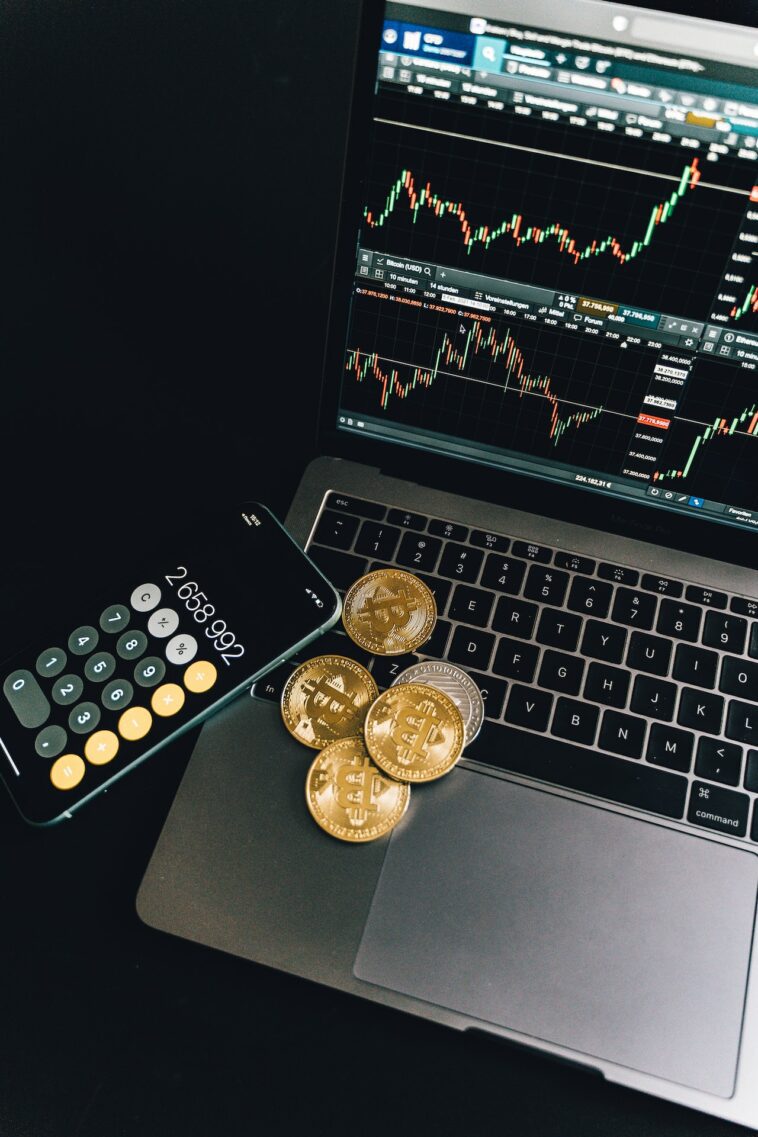Cryptocurrency is a digital form of money that does not rely on banks or governments for verification. Instead, transactions are recorded in a distributed public ledger known as the blockchain.
Bitcoin, for instance, was designed primarily as an independent form of payment that isn’t controlled or distributed by a central government. Other platforms like Ethereum enable developers to build automated applications within what’s known as Decentralized Finance.
Cryptography
Cryptography is the practice of using encryption and an algorithm to protect electronic data and messages from being viewed or accessed by those not intended to read them. This cybersecurity practice has applications across many fields and applications, such as email, web browsing, credit card transactions, and even text message encryption.
Cryptography was long used in military applications to protect sensitive information from enemy intercept. For instance, Julius Caesar utilized a simple shift cipher to communicate with his generals during battle.
Modern cryptography relies on algorithms known only to the sender and recipient of a message, using asymmetric cryptography with two keys for encryption and decryption. This system is secure as only the recipient has access to the key, making it impossible for anyone else to read any messages sent between the parties.
Asymmetric cryptography is a widely-used type of encryption, used to ensure confidentiality in online communications and protect sensitive information like passwords from theft or misplacement.
Cryptography is widely employed in encrypted messaging apps like WhatsApp, which encrypt conversations between users to protect them from being intercepted or hacked. Additionally, mobile devices like cell phones and tablets must have strong security features like this to prevent hackers from accessing private content easily.
Encrypting a message requires both sender and recipient to agree on a set of pre-shared encryption/decryption keys. These keys are then utilized for the encryption of each subsequent message.
These keys are very hard to crack, but can be broken if the algorithm is designed incorrectly or with inadequate security. That is why cryptanalysis – the study of how to break these algorithms or their implementations – has become so popular.
Blockchain
Blockchain technology is an innovative solution for keeping track of records, eliminating the need for third parties like banks and financial institutions. This decentralized system could revolutionize many industries from supply chain management to digital IDs.
The system functions by adding new information to a block of data that contains a hash, which is then broadcast across the network. For the change to be accepted as valid, a majority of computers on the network must agree with it. Utilizing this type of consensus mechanism helps protect blockchains from malicious actors who might double spend resources or create duplicate transactions.
Blockchains are often associated with cryptocurrencies, but they can actually be utilized to immutably store any form of value. This includes legal contracts, state identifications, product inventories and more – the possibilities are endless!
Blockchain technology utilizes a node system, in which each computer contributing to the network (known as a “node”) stores its own copy of the database and periodically checks with other nodes for accuracy. This provides an extra layer of protection that makes it virtually impossible for hackers to modify or falsify database records.
Blockchains have seen the most revolutionary application in the development of “smart contracts,” automated payments and transfers that take effect when certain conditions are met. These self-executing programs enable people to sell or buy items without needing trust in the companies they do business with, thus cutting transaction costs by eliminating intermediaries.
Mining
Mining is a process that creates new coins and verifies cryptocurrency transactions on the blockchain network. It requires vast amounts of computing power that specialized computers voluntarily contribute to the blockchain, with rewards including newly created coins plus transaction fees.
Miners utilize specialized computer units called Application-specific integrated circuits (ASICs) and GPUs to solve complex cryptographic equations, earn mining rewards, and create new blocks on the blockchain. Furthermore, they need reliable energy supplies and affordable cooling infrastructure in order to run their operations.
It is essential to be aware that mining consumes a considerable amount of electricity, potentially having negative consequences for the environment and climate. This is especially true when working with specialized ASIC miners.
Computer mining involves trying to guess a 64-digit hexadecimal number called “hash,” which is the initial step in creating a new block on the blockchain. The faster a computer can guess this hash, the greater its chance for winning and earning Bitcoin.
The difficulty of mining is rising, necessitating more powerful miners to stay ahead of the competition. This has created an arms race for ASIC mining equipment.
Non-owners of mining machines can join mining pools, which allow them to pool resources and share in the rewards of successful mining. These groups can be found online with various membership options available – free or paid-for.
It is essential to remember that the profitability of cryptocurrency mining depends on a variety of factors, including market prices and electricity costs. Therefore, doing some research before beginning is recommended.
Transactions
Cryptocurrency transactions differ from traditional fiat currency transfers in that instead of physically moving funds between accounts, crypto funds are transferred on the blockchain – a public ledger which records every transaction. This serves as an immutable and permanent record of all transactions, guaranteeing that funds remain at their designated blockchain address.
Crypto transactions typically consist of two components: a transaction input and an output. The input consists of the bitcoin address of the sender and any amount sent to them in cryptocurrency; while the output includes both parties’ bitcoin addresses as well as any received funds in return.
Most transactions include transaction fees, which are used to compensate the miners responsible for maintaining the network. These costs vary based on factors like network congestion and transaction size.
When sending cryptocurrency, users use their wallet application to create and sign a transaction. The wallet then broadcasts this information onto the network of computers making up cryptocurrency’s blockchain. Individual computers verify the details of the transaction as well as checking digital signatures to confirm who sent funds from which wallet.
After being verified by miners and stakers, a transaction is permanently added to the blockchain. On average, it takes around 10 seconds for a valid transaction to propagate across all networks; however, some can take longer.
Cryptocurrencies employ various timestamping schemes to “prove” that a transaction has been added to the blockchain, similar to how paper checks are validated. Some cryptocurrencies also employ locktime, an independent verification method, which allows them to confirm a transaction’s legitimacy without needing third-party intervention.
Security
Cryptocurrency is a digital asset that uses advanced encryption to make it nearly impossible for counterfeiters to steal. These currencies exist on the blockchain – an online, distributed ledger – which keeps track of all transactions.
Cryptocurrencies offer greater convenience and cost efficiency than traditional currencies, but also come with some unique risks. These include volatility, theft, and scams.
Security is a critical element of any organization’s operations and should be given top priority when dealing with cryptocurrency. Utilizing security checklists and creating policies and procedures to prevent incidents can help keep your business secure from cyber threats.
Security begins with ensuring people only access the information necessary to do their jobs. Establishing policies and training staff on “least privilege principles” can be an effective way to safeguard your information system’s safety.
Another essential security measure is separating your cryptocurrency wallets into separate accounts. Doing this helps guard against theft and fraudulent transactions if one of your wallets is compromised.
Finally, it’s essential to use strong passwords when accessing and using your crypto wallet. Doing so can stop hackers from gaining access to your wallet and taking advantage of any coins stored inside.
Security for wallets and exchanges is paramount, regardless of whether you invest in traditional currencies or cryptocurrencies. To keep your coins safe from theft or loss, store them with a reliable custodian or crypto wallet (more on this below). Furthermore, reliable exchanges have top-notch security systems with millions of dollars invested into preventing hacks and exploits.



